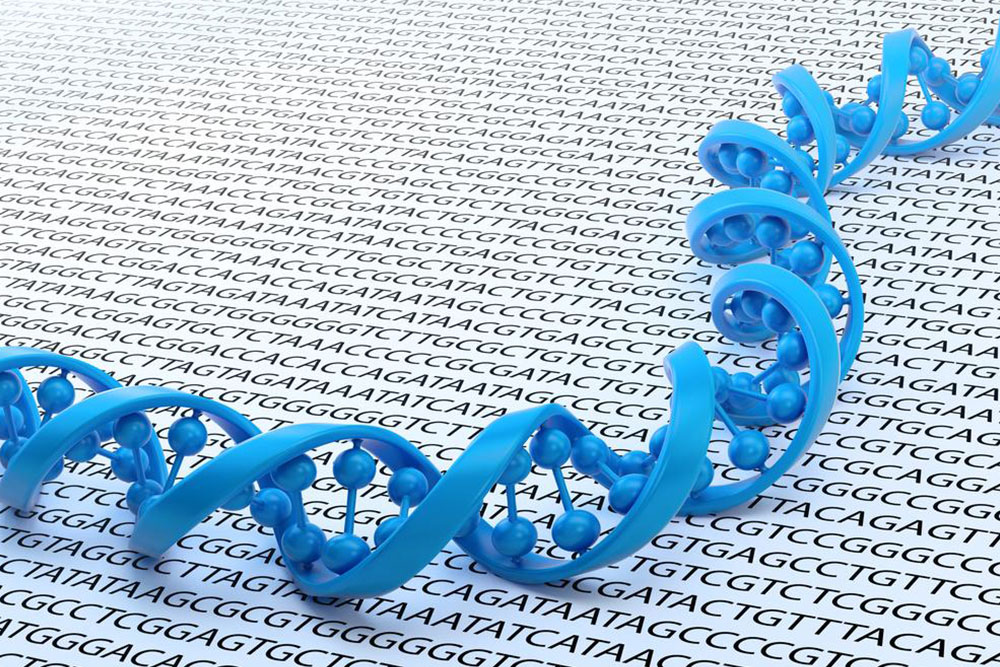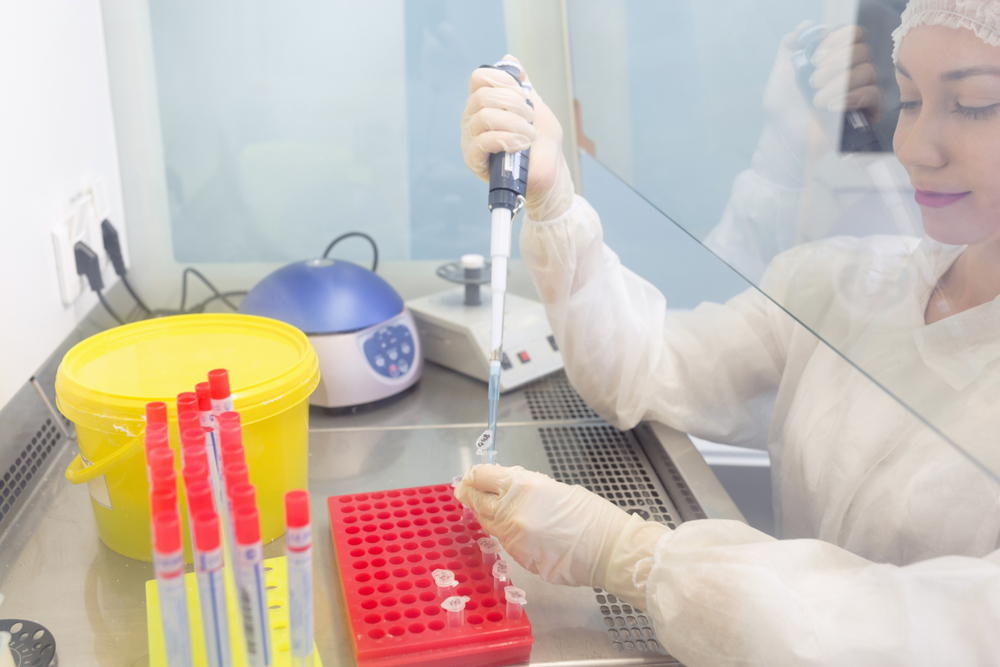Debunking Myths About DNA Ancestry Testing
Explore the realities and limitations of DNA ancestry tests. While popular and intriguing, these tests only offer probabilistic insights into genetic heritage, especially beyond recent generations. Learn why caution is essential when interpreting results and how recent migration and mixing affect accuracy. Perfect for those interested in understanding the true scope of DNA-based lineage tracing.

Understanding the Reality of DNA Ancestry Tests
Many individuals are curious about their ancestral roots and pay around $300 for DNA ancestry tests promising to reveal their lineage. However, experts warn that these tests offer only probabilistic insights rather than definitive answers. The shared DNA segments inherited from a few generations ago are minimal compared to the total DNA, making interpretations highly speculative.
Historical migration patterns and genetic mixing add further complexity. While these tests can reveal recent family stories, their accuracy diminishes as we look further back.
In summary, DNA ancestry results should be viewed as possibilities rather than certainties. They may suggest distant connections to various communities or notable figures, but such findings are far from guaranteed. The accuracy of these tests is high for recent generations but becomes increasingly unreliable over extended historical periods.
Note:
This article provides insights into DNA ancestry testing, emphasizing its limitations and the importance of understanding genetic heritage. While useful for recent genealogical information, interpreting long-term ancestry requires caution. The information is for educational purposes and not conclusive.







